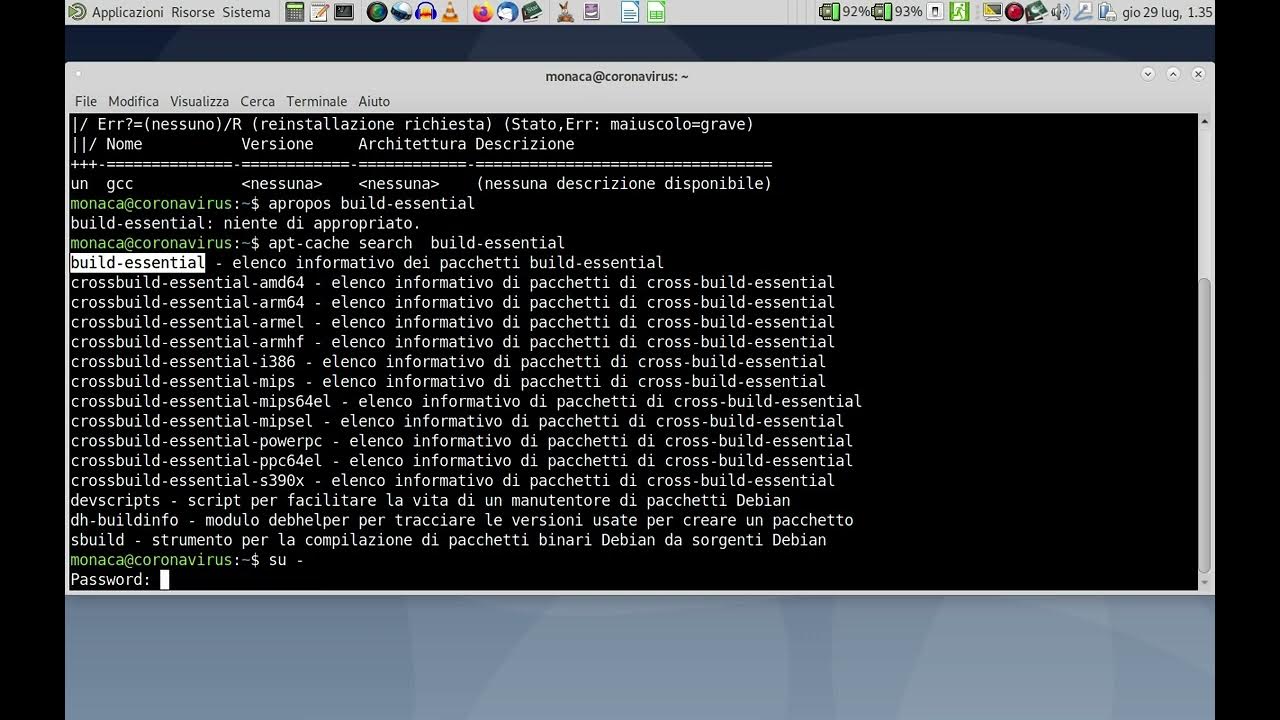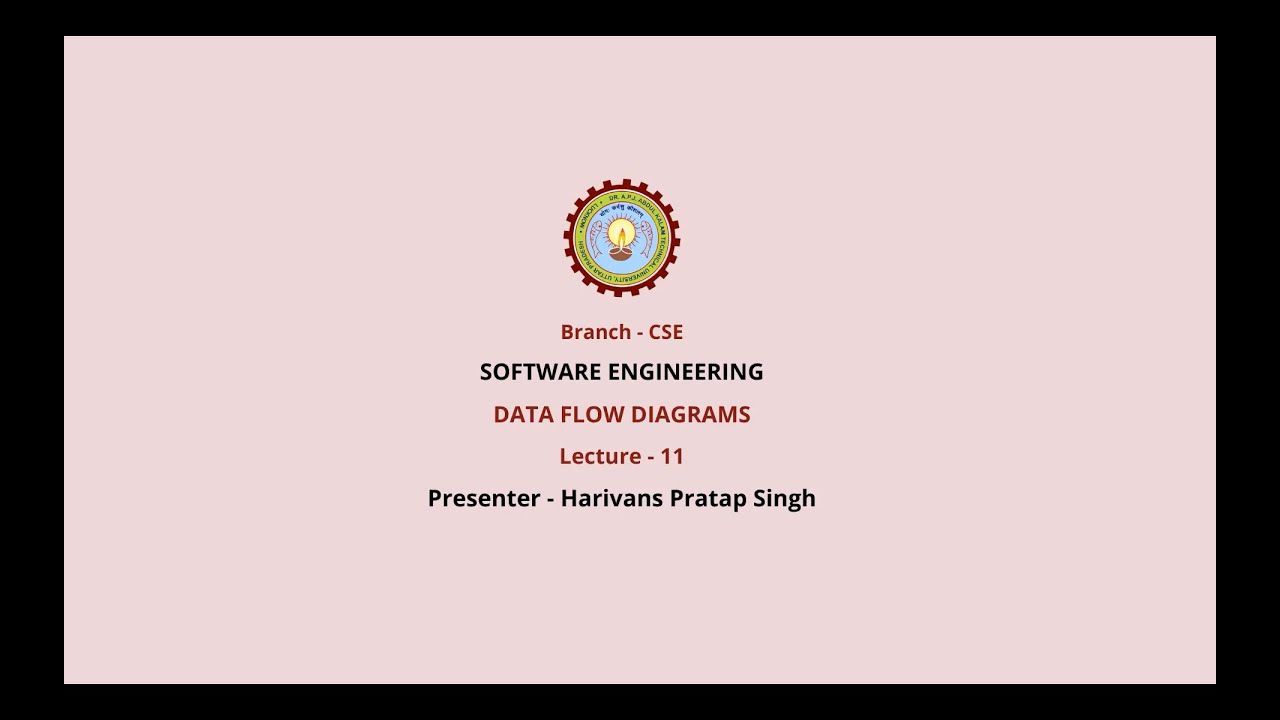SARCH20 V2C 2021 04 15 Module 1 deel 1 van 3
Summary
TLDRThe transcript appears to be a lecture on software architecture, delivered in Dutch. It covers the basics of software architecture, emphasizing the importance of making structural decisions before development. The lecturer discusses the role of a software architect in projects, including communication with clients, translating requirements into functional specifications, and ensuring the application is secure and scalable. The lecture also touches on the creation of use cases and user stories, and the importance of balancing functional and non-functional requirements for successful project outcomes.
Takeaways
- 📘 The lecture introduces the concept of 'software architecture', emphasizing its importance in structuring and guiding the development process of software applications.
- 👨🏫 The instructor highlights the role of a software architect, who is not just a programmer but a central figure in the development process, akin to a conductor in an orchestra.
- 🔍 The importance of understanding and defining non-functional requirements, such as security, performance, and maintainability, is stressed as they are crucial for the long-term success of a software system.
- 📚 The transcript mentions the use of study guides and the expectation that students will prepare for lectures by reviewing these materials and engaging with the content.
- 👥 The lecture encourages a collaborative approach to learning, suggesting that working in groups can be more effective than individual study, especially for complex tasks like software development.
- 📝 The process of translating customer requirements into functional requirements is discussed, including the use of use cases and user stories to capture these needs.
- 🛠️ The transcript explains the need for a structured approach to software development, including making decisions about the system's architecture, design patterns, and layering.
- 🔑 The importance of making architectural decisions early in the development process is emphasized, as these decisions can significantly impact the project's outcome and the system's scalability.
- 🤝 Communication between various stakeholders, including clients, project managers, and developers, is highlighted as a key aspect of a software architect's role.
- 🔍 The lecture touches on the iterative nature of software development, where prototypes and feedback play a significant role in refining the final product.
- 🏗️ The concept of building a software system that is not only functional but also maintainable and extensible is discussed, underlining the long-term perspective that architects must have.
Q & A
What is the main topic of the first lesson of the course?
-The main topic of the first lesson is an introduction to software architecture, including its principles and practices.
What is the expectation from students regarding the study guide before attending the class?
-Students are expected to go through the study guide, specifically to read about a page on software architecture, to prepare for the class and understand the basics of the subject.
What is the importance of studying the course material and the state diagrams in the context of the course?
-Studying the course material and state diagrams is crucial as it helps students to understand the technical aspects of software architecture and to be well-prepared for the lessons and assessments.
How does the instructor plan to make the lessons interactive?
-The instructor plans to make lessons interactive by using breakout rooms for group work, which is believed to be more effective than individual work, and by conducting quizzes and discussions.
What is the role of software architecture in a development project?
-Software architecture plays a central role in a development project by providing a structured approach to design and build systems that are consistent, maintainable, and scalable.
Why is it important to make decisions about the software structure before starting to build?
-Making decisions about the software structure before building is important to ensure that the system is well-organized, consistent, and can be easily maintained and expanded in the future.
What are the consequences of not having a clear software architecture?
-Not having a clear software architecture can lead to 'spaghetti code,' making the system unmanageable, inconsistent, and difficult to scale or maintain.
What is the role of a software architect in a project?
-A software architect's role involves communicating with clients to understand requirements, translating these into functional requirements, making design decisions, and coordinating with project managers and development teams.
What is the significance of use cases and user stories in the context of software architecture?
-Use cases and user stories are significant as they help in capturing the functional requirements and user interactions with the system, which are essential for designing an effective software architecture.
How does the instructor plan to address the non-functional requirements in the course?
-The instructor plans to address non-functional requirements by discussing how they should be realized in the system design, emphasizing their importance in ensuring the system's quality and performance.
What is the importance of the top-down and bottom-up approaches in designing software architecture?
-The top-down and bottom-up approaches are important in designing software architecture as they allow for a systematic way to break down complex systems into manageable components and to integrate these components effectively.
Outlines

Dieser Bereich ist nur für Premium-Benutzer verfügbar. Bitte führen Sie ein Upgrade durch, um auf diesen Abschnitt zuzugreifen.
Upgrade durchführenMindmap

Dieser Bereich ist nur für Premium-Benutzer verfügbar. Bitte führen Sie ein Upgrade durch, um auf diesen Abschnitt zuzugreifen.
Upgrade durchführenKeywords

Dieser Bereich ist nur für Premium-Benutzer verfügbar. Bitte führen Sie ein Upgrade durch, um auf diesen Abschnitt zuzugreifen.
Upgrade durchführenHighlights

Dieser Bereich ist nur für Premium-Benutzer verfügbar. Bitte führen Sie ein Upgrade durch, um auf diesen Abschnitt zuzugreifen.
Upgrade durchführenTranscripts

Dieser Bereich ist nur für Premium-Benutzer verfügbar. Bitte führen Sie ein Upgrade durch, um auf diesen Abschnitt zuzugreifen.
Upgrade durchführenWeitere ähnliche Videos ansehen

205 - Multi-objective Optimization of Thermal Insulation Thickness of a House in Benguerir, Morocco

اسهل شرح novel للصف الثاني الاعدادي 2nd term chapter 12 -David Copperfield

Programmazione di Sistema Gnu Linux 01

Software Engineering | Data Flow Diagrams | AKTU Digital Education

Fluid Mechanics Lesson 2: Fluid Properties associated with Mass and Weight | Lecture| Tutorial Video

ARM Instruction set
5.0 / 5 (0 votes)
